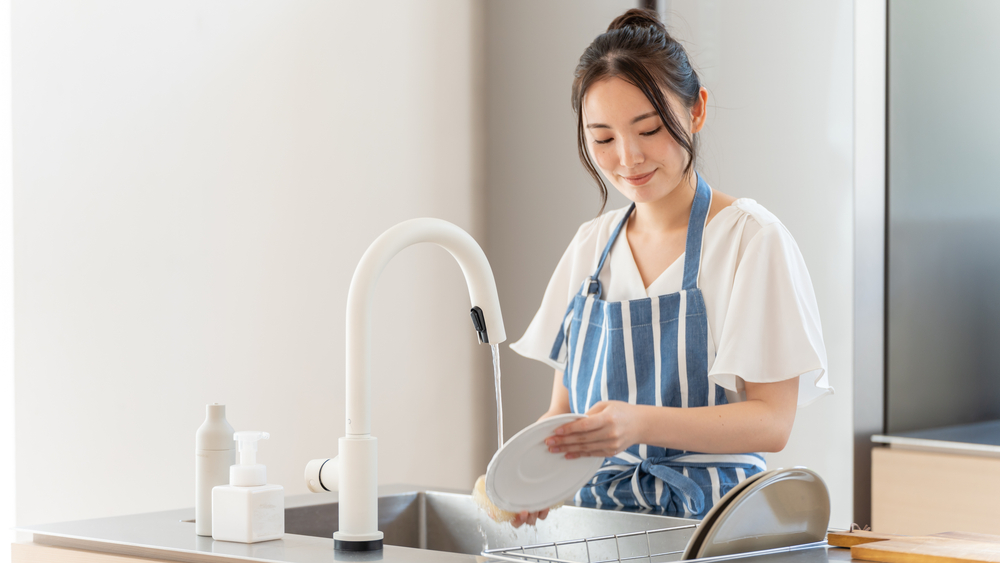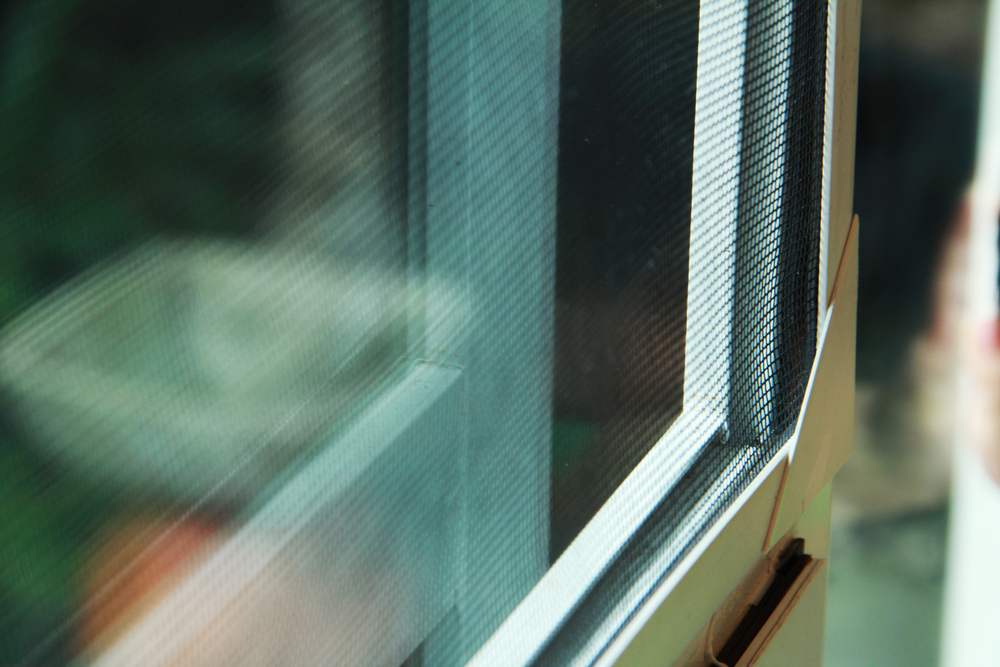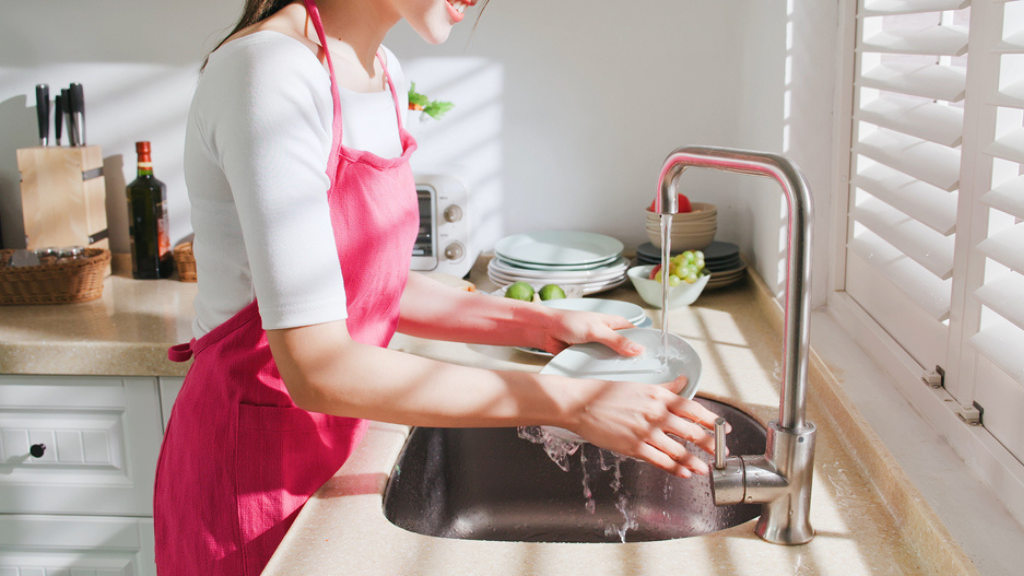When starting any paint project, choosing paint colors that work within a cohesive color palette is half the battle. You also have to select a paint type, a paint finish and keep in mind how a room’s natural and artificial light may affect the colors you’ve chosen after application.
Don’t do all that painting only to find that the wall colors you’ve selected don’t look the same as the paint samples on which you based your color decision. Just follow the tips below for successful color choices.
How Does Light Affect Paint Color?
So you’ve painted your walls and your paint results don’t look much like the samples you used to make your paint choices. In fact, the walls look different depending on the time of day. So what happened? You’re not the only one. Many DIY painters have found themselves in this predicament. This is because of an effect called metamerism.
You have probably experienced this effect when putting on socks. In LED light, it may look like you’ve put on two black socks, only to find in different light, such as natural light, that one sock is dark blue. This can happen with paint color as well and should be considered when choosing paint colors. Both the sample—in this case, the socks—and the source of illumination can affect one’s perception of color.
Your local True Value store’s paint experts are available to answer questions you have about paint, choosing paint colors and the effects of light in your home. Also, pick up a Custom Mixed Color Sample to try a few colors on your walls at home. Choosing colors based on how they look in the store can often lead to less than perfect results when the paint meets the wall. Color samples allow you to paint a small space and live with different options for a while before making your final decision.
Natural Light
Natural light (light that comes in through your home’s windows) affects the way colors appear in a room and should be considered when choosing paint colors. And the effect this light has depends on the direction in which it comes into the room and the position of the sun. If your room is north-facing, the light that enters will be softer and will produce a warmer effect—darker hues will be darker-looking and light colors will be a touch more subdued. This is because light from the north adds a touch of blue. If the room you’re painting has a southern exposure, it will receive the most intense light. Darker colors will be somewhat brightened and light colors (especially white) have the potential to leave the room washed out. In the evening, a room on the west side of your home will have warmth from the orange colors added and can leave rooms that are orange, red, or yellow saturated. Eastern exposure adds a bit of green to your room’s walls—you can brighten this room up with soft cheerful yellows.
The best way to determine how natural light will affect the color of your painted walls is to test the paint colors in the room. Use True Value’s Custom Mixed Color Samples to paint the colors you’re considering on each wall in the room to see how the colors’ shades will work on each wall. Because one wall might be illuminated by direct sunlight, while another stays in the shade, you will be able to get a good idea of how the color works in the room overall. After you’ve painted a few small spots, check the colors throughout the day to see how they may change as the light in the room changes. You can adjust by going a shade darker or lighter, depending on what you’re going for.
HELPFUL TIP
Add the sampled paint to the walls in the morning so you can check it throughout the day to see the change in color shades.
You may also take into consideration the time of day the room is used most. If you use your dining room mainly in the evenings, determine the shade of your color that looks best at that time of day.
Note: Depending on the time of year, the effects of artificial light combined with natural light might come into play in the evening as well.
Artificial Light
Another type of light that you should test before choosing your paint colors is artificial light. Interior residential lighting is usually from a combination of bulbs with different warmth and brightness. Depending on the kind of light you’re using in a particular room, the effect it will have on paint color will vary. Check your sample colors with the light on in the room to see how the colors look under that particular light.
HELPFUL TIPS
Furnishings are important. Don’t check light versus color in an empty room. Objects in the room also affect color perspectives because they absorb and reflect light in different ways.
Remember to take into consideration the effects of accent lighting and task lighting, if it’s being used in addition to other light sources.
Note that shadows can make paint colors look different than the parts of a room that are directly lighted. Dark colors may seem dulled in these areas and lighter colors may seem a bit brighter.
Paint Finish and Color
A major part of choosing paint colors is also deciding what type of finish would work with your room as well. Paint finishes (flat, gloss, semi-gloss, etc.) play a role in how color can change in certain light, especially gloss finishes. Gloss can add depth to any color, but under certain light can be very reflective, which changes perception of the color. The glossier the finish, the more light will bounce off and distort color appearance. Flat finishes have less light bounce.
Particular colors also play a part in how much they may or may not change in certain light. Whites and off-whites may seem vanilla, but they are often very adaptable to all light conditions. This can also be said of pale shades of other colors. However, whites and other light colors can sometimes reflect hues from objects in the room, such as furniture, flooring, rugs, etc. Brighter, richer colors can often be problematic and colors like khaki, sage and taupe are some of the worst offenders when it comes to changing under different lighting.
That’s it! Now you’re armed with a better understanding of how light affects your paint color choices and feel more confident when choosing paint colors for your home.














